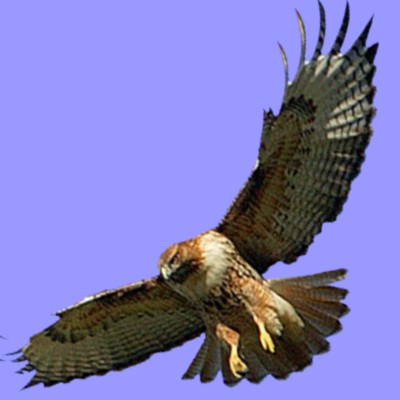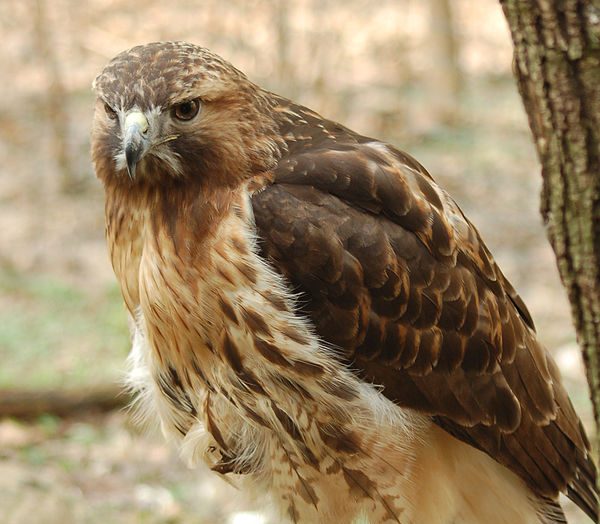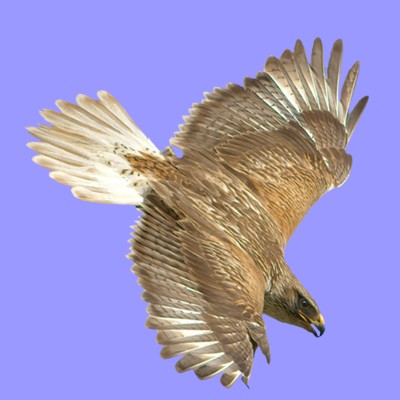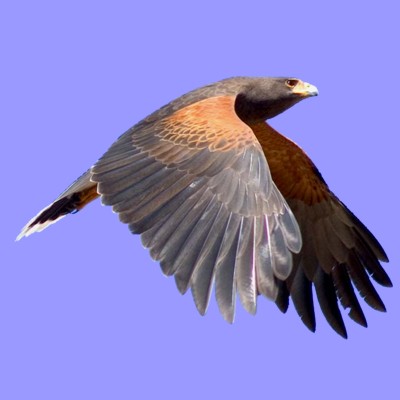Spectacular psittacine that stands out for its striking scarlet plumage that stands out especially in the green forests it inhabits.
Physical features
Like all other macaws, the face is practically devoid of feathers, the rest of the body is predominantly scarlet red, followed by yellow on the coverts and secondary feathers of the wings and blue on the tail feathers.
The colour of the wings distinguishes between the two subspecies, A. macao macao, which has a row of green wing feathers, and A. macao cyanoptera, which has no green feathers.
Its average weight is around 1kg and it is among the 5 largest macaw species in the world, with a length of 85-95cm from head to tail and a wingspan of 90cm.
Habitat
It has a particular predisposition to inhabit tropical forest areas with tall, mature trees, moving to riverside areas in the breeding season between January and April, probably because of the ample nesting possibilities.
Its range is between southeastern Mexico and northern Brazil, with the bulk of the population inhabiting Amazonian areas and having almost become extinct from Mexico.
Diet
The diet of scarlet macaws is based mainly on seeds (70%) and a much smaller percentage (12-15%) on fruit, with some flowers, buds and nectar completing the diet.
Several studies have identified more than 70 different species of plants from which these birds obtain their food, with a very high percentage of lipids and toxins in this food.
Reproduction
The scarlet macaw during its breeding season between December and June nests in natural cavities such as hollows in tall trees, where they feel more protected.
They usually lay between 1 and 4 eggs with an incubation period of 26-28 days. Once the chicks hatch, weighing 25g, they are reared with strong parental involvement for about 65 days, until they leave the nest weighing 1kg.
Behaviour
These animals have a strong bond with their mate for life, and for this reason, they are usually sighted in pairs or small family groups of 4-5 individuals, although occasionally groups of up to 20 individuals may gather together.
During the breeding season, these birds only make short flights to collect food and return to the nest as soon as possible. However, they have a great capacity for flight and even long-distance migratory flights have been recorded outside the breeding season.
Threats
Heavy deforestation in Central and South American forests has led to a drastic decline in the population of this species, which requires urgent measures to conserve this species in the wild.
In addition to deforestation, indiscriminate hunting has led to a decline in the population of this species. This is due to its high commercial value because of its colour and rarity, and the use of its feathers as ornaments.
Status and conservation
It is a highly endangered species and is therefore listed in Appendix I of the CITES Convention.
Classified as Least Concern (LC) on the IUCN Red List of Threatened Species.





